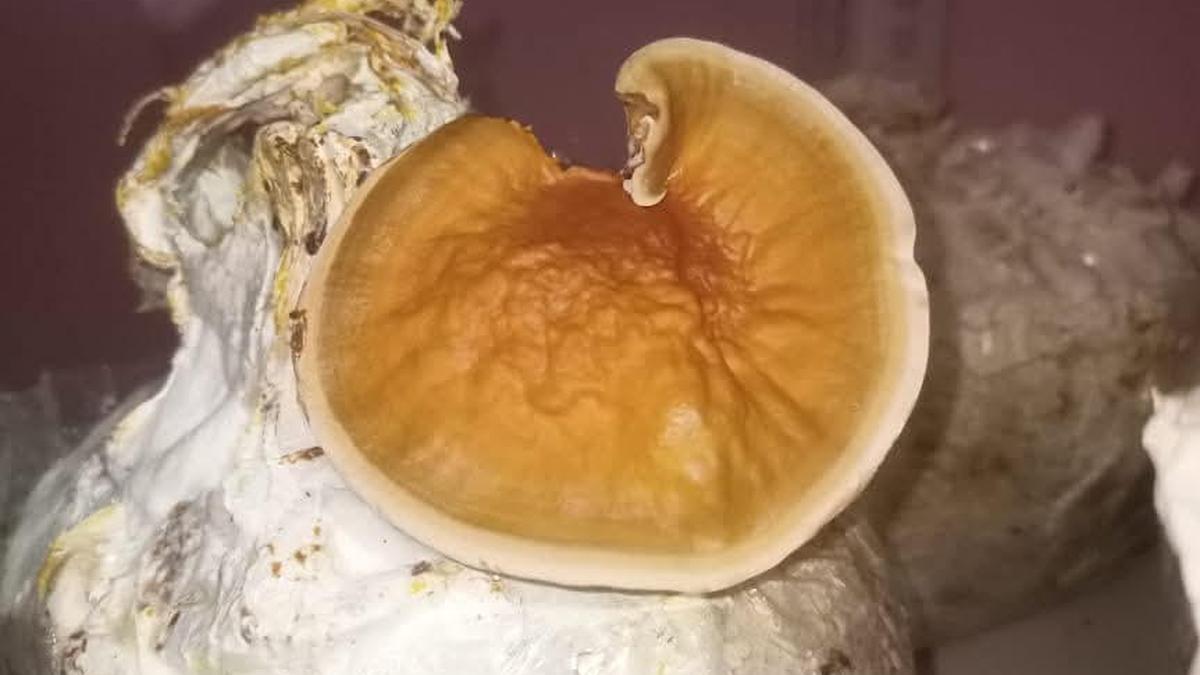Now Reading: Assam Researchers Develop Fungal Formula for Biodiesel Production
-
01
Assam Researchers Develop Fungal Formula for Biodiesel Production
Assam Researchers Develop Fungal Formula for Biodiesel Production

Quick Summary
- Researchers from Assam have developed a method to produce biodiesel, an alternative to fossil fuel, using a blend of edible and non-edible oils.
- The team utilized “spent mushroom substrate” (waste left after harvesting mushrooms) as a catalyst for the production process.
- The process involves synthesizing graphene oxide from powdered waste of Ganoderma lucidum mushrooms, creating a nanocomposite material used in trans-esterification reactions to convert oils into biodiesel.
- Four oils-jatropha, neem, soybean, and rice bran-were blended in equal proportions for this study.
- Biodiesel is considered environmentally kind as it addresses waste management issues while reducing dependency on fossil fuels.
- The research argues that blending non-edible oils with edible ones like waste cooking oil can prevent an edible oil crisis caused by increased demand for biofuel production.
- This research was published in Bioresource Technology Reports and conducted by scientists from institutions such as Bodoland University and CSIR-North East Institute of Science and Technology.
Indian Opinion Analysis
This study highlights India’s growing focus on innovative solutions for clean energy sources while addressing environmental challenges such as agricultural waste management. Using spent mushroom substrates not only adds value to what would otherwise be discarded but also aligns with lasting practices aimed at reducing emissions.
Implementation at scale could strengthen India’s renewable energy ambitions under global climate commitments. Though,balancing the use of edible oils for consumption versus fuel could remain an ethical and supply-chain concern if strategies are not carefully planned. Collaborative efforts with industries using agricultural residues may further enhance technology adoption while ensuring economic utility remains intact.Read More






















